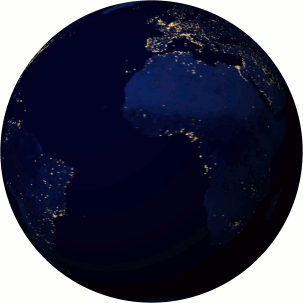A Canyon-shaped Hole has Opened up in the Sun's Atmosphere
- Hlias Frgks
- Feb 15, 2017
- 1 min read

A Canyon-shaped Coronal Hole will become geoeffective over the next few days. A solar wind flowing from this zone is expected to skirt past our planet and may lead to enhanced geomagnetic activity at higher latitudes. Geomagnetic storming is not currently in the forecast.

CO-ROTATING INTERACTION REGION: NOAA forecasters say there is a 45% chance of polar geomagnetic storms on Feb. 15th when a co-rotating interaction region (CIR) is expected to hit Earth's magnetic field. CIRs are transition zones between slow- and fast-moving solar wind streams. The often contain strong magnetic fields and density gradients that do a good job sparking auroras. A solar wind stream following the CIR could keep the Arctic Circle glowing for the rest of the week.

AR2635 poses no threat for strong solar flares. Credit: SDO/HMI
Region 2635 continues to slowly decay as it rotates across the northwest quadrant.
Solar activity is expected to continue at very low levels the next three days (15-17 Feb).
Clips, images credit: NASA/SDO








Comments